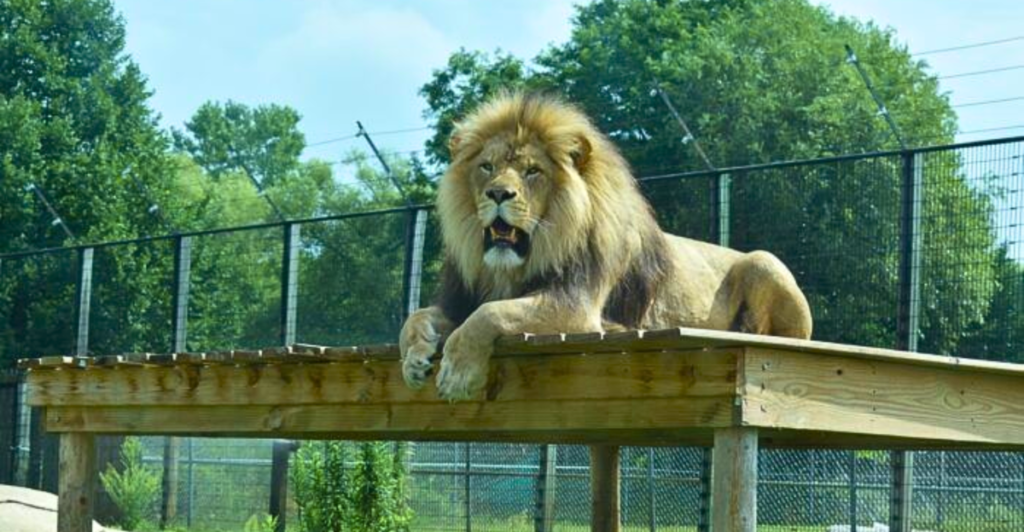
For decades, zoos have played a complex role in society, offering visitors a glimpse into the animal kingdom while also facing criticism over issues of captivity and welfare. However, in an era of growing environmental awareness, modern zoos must evolve beyond being tourist attractions and embrace their responsibility as conservation hubs. These are the six biggest changes zoos must make to protect animals.
1. Prioritize Animal Welfare
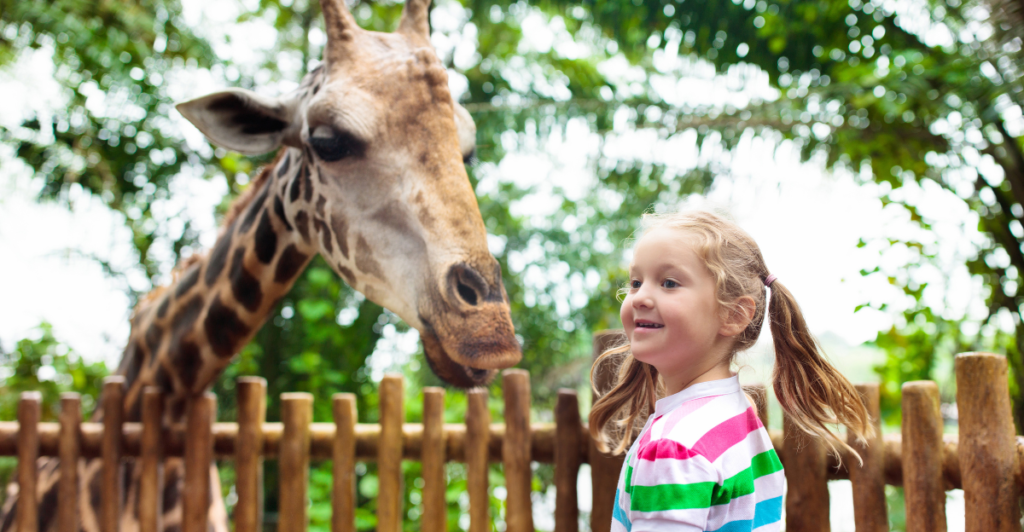
Instead of displaying animals, modern zoos can focus on their physical and psychological well-being. They could implement comprehensive enrichment programs that stimulate natural behaviors and prevent stress, such as puzzle feeders, scent trails, and interactive training. Positive reinforcement training techniques can also improve animal welfare by making medical care less stressful and allowing animals to voluntarily participate in small procedures without sedation.
Naturalistic Enclosures
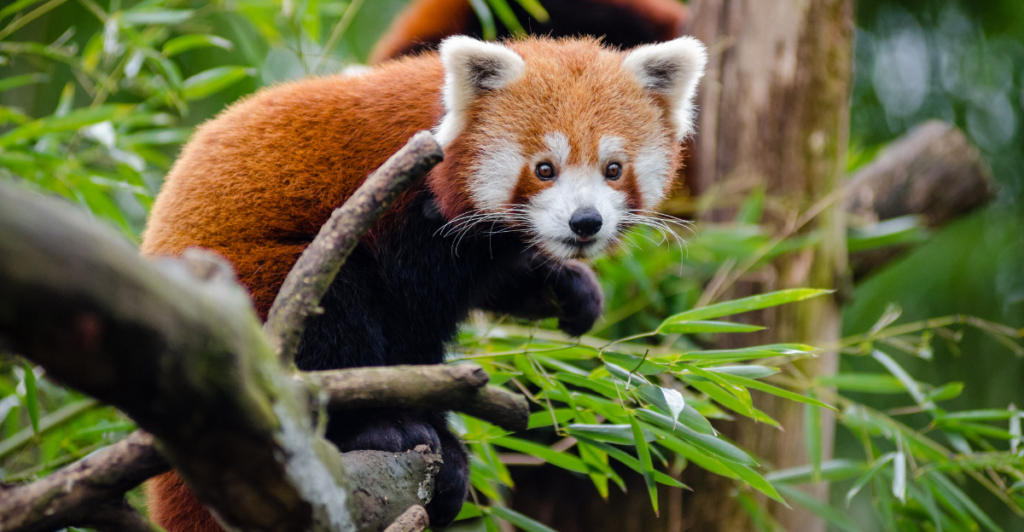
Another way to prioritize animal welfare is to create naturalistic enclosures that resemble these animals’ wild habitats. This is important for their health and happiness. Zoos should try to design large enclosures with appropriate vegetation, terrain, and climate control to support animals’ natural behaviors. High-quality veterinary care is also crucial.
2. Shift Focus to Endangered Species
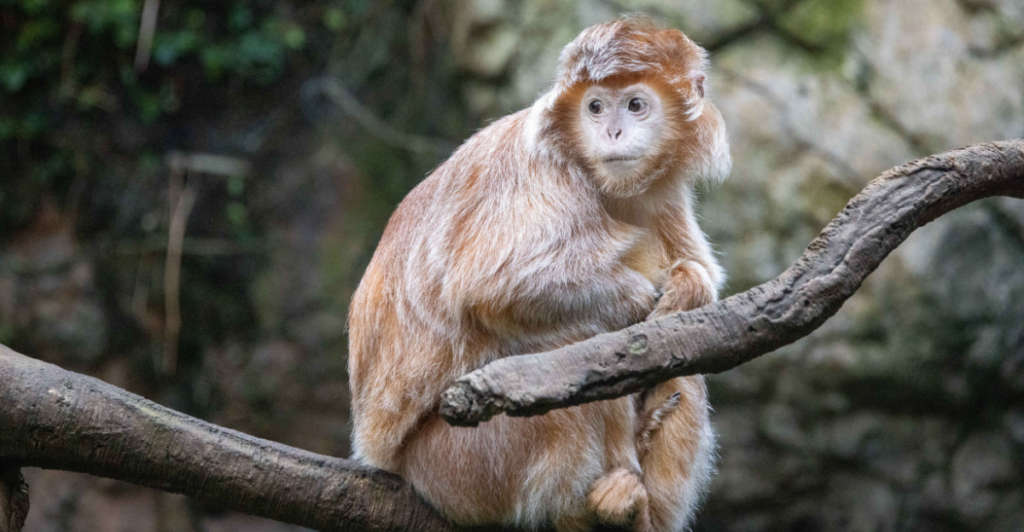
Zoos should improve their conservation efforts by focusing on species at risk of extinction rather than housing animals for entertainment. Phasing out non-endangered species allows for better resource allocation, ensuring that space and funding support animals in critical need of protection. This way, zoos can play a bigger role in wildlife preservation.
Educate Visitors
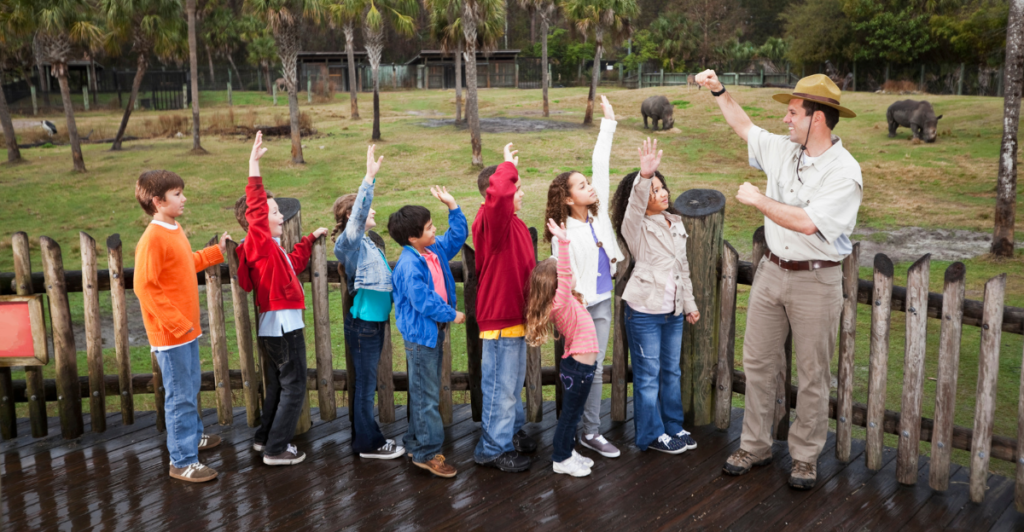
Zoos should focus on breeding and caring for endangered species while maintaining genetic diversity through well-managed programs. When possible, they should aim to release these animals back into the wild. They should also educate visitors about lesser-known endangered species, such as amphibians and small mammals, to raise awareness about biodiversity protection.
3. Improve Space Utilization
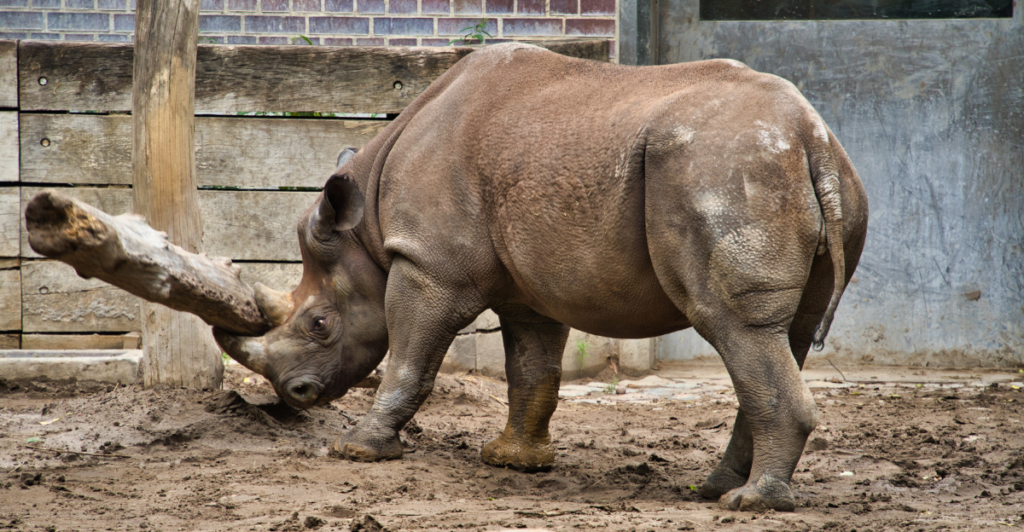
Zoos have limited space, which is why it’s important for them to design enclosures that will improve animals’ well-being. Animals would benefit from having interconnected display and off-display areas in their enclosures that will let them move freely between visible and private spaces. This is a great way to reduce their stress levels and to encourage natural behaviors. Zoos should also house fewer animals in larger and more suitable enclosures.
Smaller Animals
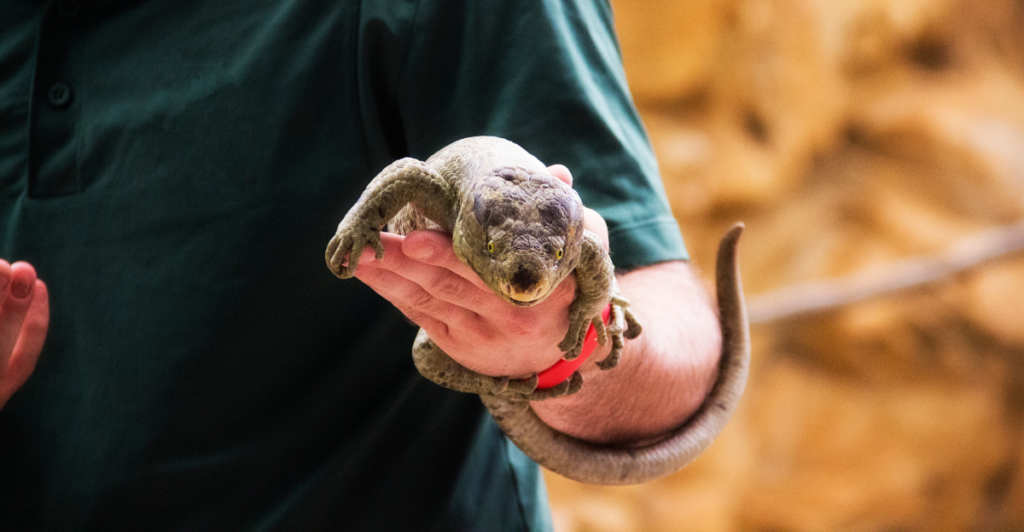
Zoos should also consider housing smaller animals. Large animals, like elephants and hippopotamuses, struggle in confined spaces, but amphibians, invertebrates, and fish often thrive in smaller, well-designed, space-efficient environments.
4. Enhance Conservation Efforts
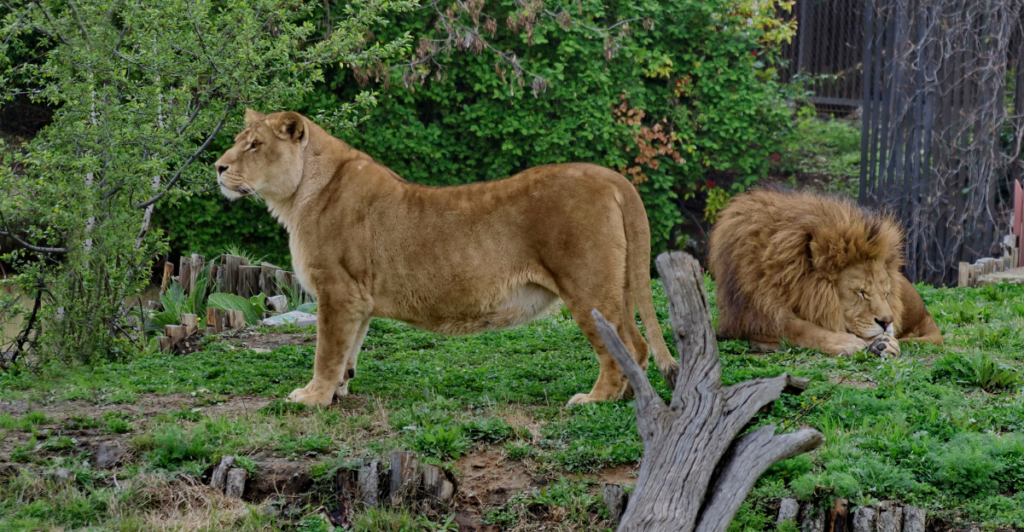
A great way for zoos to extend their conservation efforts is by actively supporting wildlife preservation in natural habitats. Conducting and funding research on endangered species provides important insights into animal behavior, reproduction, and disease management, which helps to develop effective strategies for protecting wild populations.
Supporting In-Situ Conservation Projects
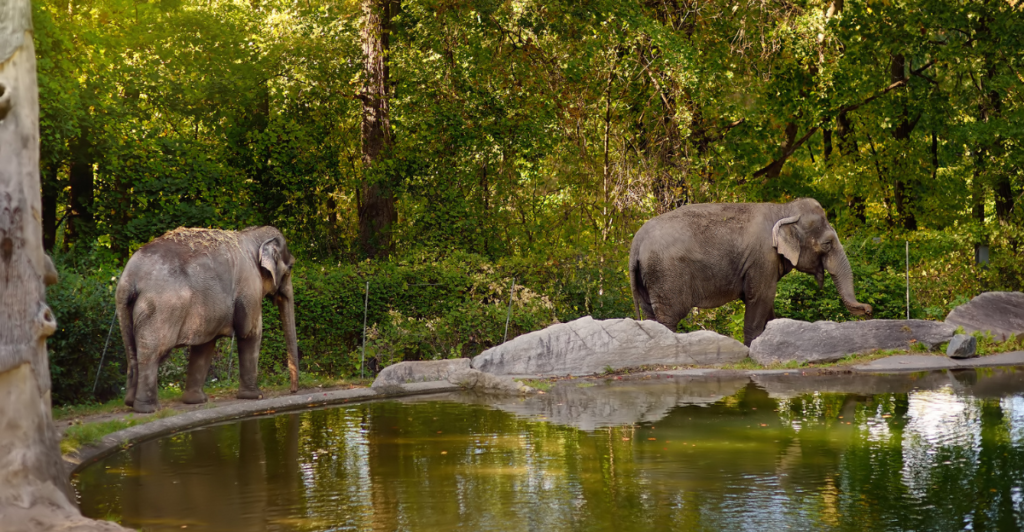
Modern zoos can also support in-situ conservation projects. Investing in habitat restoration, anti-poaching efforts, and local conservation programs helps protect species in the wild. Zoos can strengthen these efforts by working with other zoos and NGOs, sharing knowledge, coordinating breeding programs, and supporting global biodiversity.
5. Promote Education and Awareness
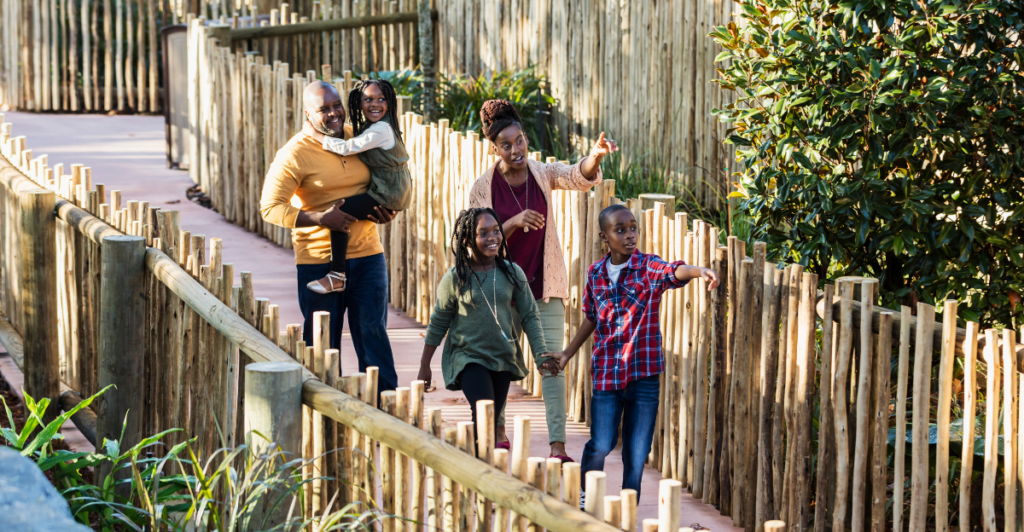
Zoos help to educate the public about wildlife conservation, but stronger programs are needed to increase their impact. Zoos should be about more than just entertainment. It’s important for exhibits to teach visitors about conservation challenges and ways to help, like supporting ethical tourism or reducing plastic waste. They should teach people about biodiversity and ecosystem health, which shows how human actions, like deforestation and climate change, affect wildlife.
Animal Deaths
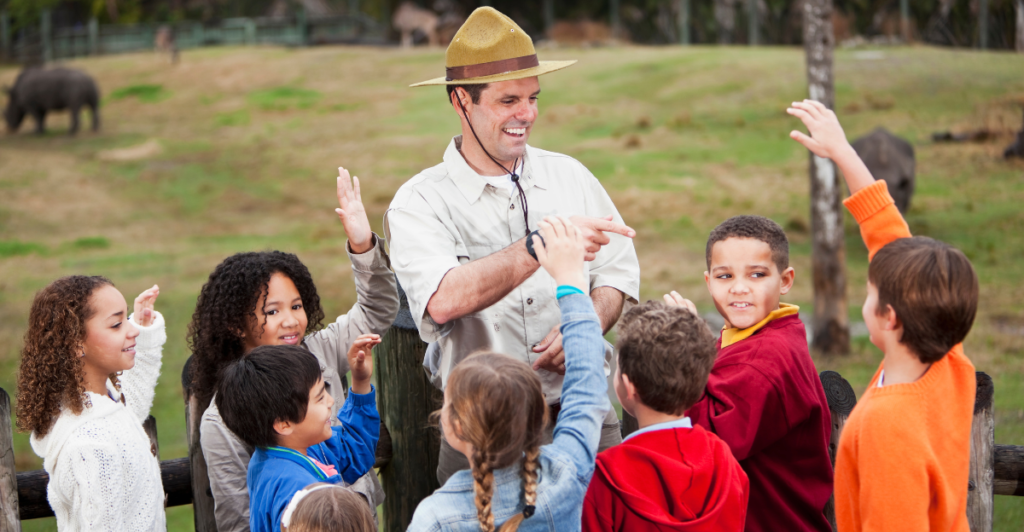
Zoos should also educate their visitors about animal deaths rather than avoiding the topic altogether. They should use this as an opportunity to talk about life cycles, aging, and the natural struggles animals face in the wild. This is a great way to teach people about conservation challenges and to reinforce the importance of protecting animals and their habitats.
6. Embrace a Holistic Approach to Wellbeing
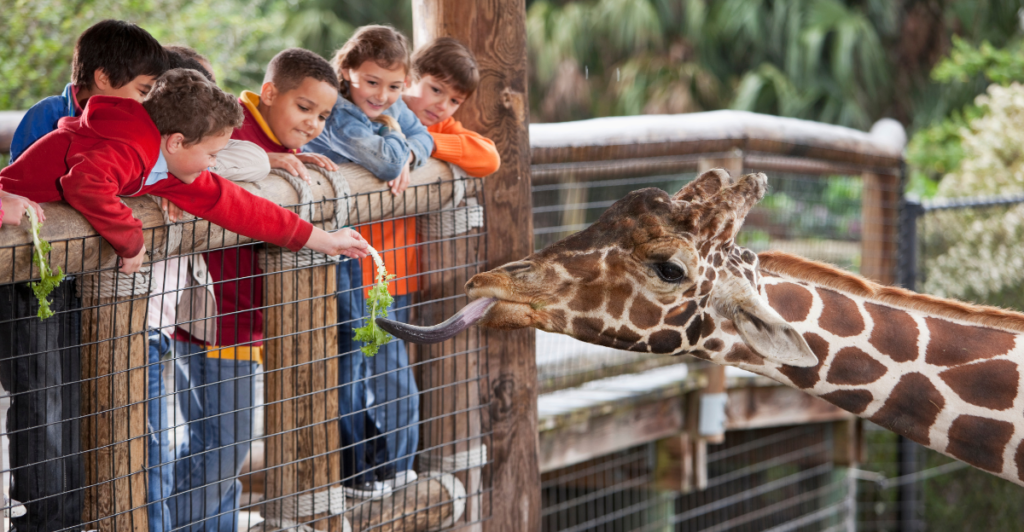
Modern zoos should balance animal welfare, human well-being, and conservation. This means prioritizing environments that support both animals and visitors, encouraging ethical interactions, and using sustainable practices. Zoos must create exhibits that reflect natural behaviors rather than artificial settings. This way, zoos can strengthen the connection between humans and wildlife, encouraging greater empathy and respect for conservation efforts.
A Balance
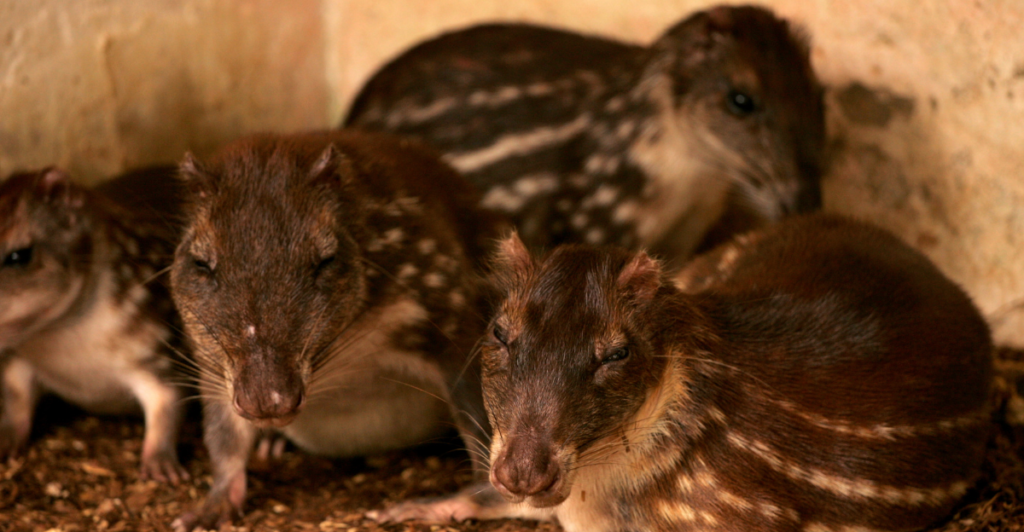
It is also important to maintain a balance between conservation commitments and individual animal welfare. Breeding programs and research help protect endangered species but should never harm individual animals. Conservation efforts should support both immediate animal needs and long-term biodiversity goals to ensure responsible care.
Explore more of our trending stories and hit Follow to keep them coming to your feed!

Don’t miss out on more stories like this! Hit the Follow button at the top of this article to stay updated with the latest news. Share your thoughts in the comments—we’d love to hear from you!







